In lectures and an exhibit this year, Denver Art Museum is featuring two important 19th-century artists: Winslow Homer and Frederic Remington. Though these two men were from different generations and documented different aspects of America, their work and lives speak to each other and the times in which they were most influential. On the museum’s Natural Forces exhibit website, they declare,
“Born a generation apart, both artists succeeded in capturing the quintessential American spirit through works of art at the turn of the late-19th and early-20th centuries, an era of growing industrialization and notions of the closing of the American western frontier.”
While measures to prevent the spread of COVID-19 might make it difficult to attend this art show in person at the moment, WHG is here with a primer to get you ready. We've brought together some of our archival materials on these two artists, as well as suggestions for where you might look for more when we reopen. From archives to exhibition catalogs and more, we hope this context will fill out Homer's and Remington's stories and the stories of their impact on American artistry and history.
Winslow Homer
Winslow Homer (1836-1910) was an American landscape painter known for his powerful depictions of nature and humanity’s struggle against it. Born in Boston, Mass., Homer grew up in the rural area of the state. He initially worked as a freelance illustrator for publications such as Harper’s Weekly and Ballou's Pictorial, including as a Civil War illustrator.
After the war, Homer moved more and more toward painting as his favored medium and rural folk and landscapes as his favored subjects. He also traveled abroad, painting French landscapes and spending about two years in a remote fishing village in England. In 1883, Homer moved to Maine, where he would live out his remaining decades. He continued to create extraordinary images of the seascape around him, defining his legacy as a preeminent American artist.
As an exclusively East-of-the-Mississippi artist, Winslow Homer is a hidden figure in the Western History collection. Yet his work touched the lives of those in the West. We can see this in the home of prominent Denver physician Dr. Frederick J. Bancroft. Photographs of the Bancroft Dining Room (above) and his daughter Mary’s bedroom (below) illustrate the application of Homer paintings in Denverites' lives.
Additional evidence of Homer’s influence can be found in the Elisabeth Spalding papers in the Western History collection. Spalding kept a letter from Homer, apparently in response to a letter that she wrote on behalf of the Denver Artists Guild. We can only imagine the delight she must have felt on receiving a letter from such a prominent American artist. In-house, Western History and Genealogy also holds Denver Art Museum exhibit catalogs that feature Homer’s work and a variety of books on American art history that mention his influence.
Frederic Remington
Frederic Remington (1861-1909) was born in Canton, New York, in 1861, but the American West dominated his art. Through his mother, Clarissa Bascom Sackrider, he was related to the founders of Windsor, Connecticut. Remington was also related to several well-known artists including Indian portrait artist George Catlin and sculptor Earl W. Bascom. After finding a passion for art at an early age, Remington attended art school at Yale University. His favorite subjects were always action-oriented, whether he was painting sports scenes or cowboys and American Indians.
Remington’s action art eventually led to his employment with publications like Harper’s Weekly, Outing magazine, and a commission to produce 83 illustrations for Theodore Roosevelt’s “Ranch Life and the Hunting Trail,” which was serialized in The Century Magazine.
The Western History Department holds multiple artworks created by Remington, publications that include his illustrations, and the Frederic S. Remington papers. Of particular note in Remington’s papers are four boxes of letters from Remington to publishers, friends and literary figures covering the period 1890-1906. See the gallery below for some examples of these letters, as well as examples of his published illustrations.
Among our finest art pieces is the painting “Border Patrol” which has also been identified as “Arresting Cattle Thieves.” It was originally published in the April 25, 1889 issue of Youth’s Companion magazine. The painting appeared as an illustration accompanying an article called “Cattle Thieving in Texas.” This work of art is done in a style known as “en grisaille;” this is a French phrase that means “grayscale” and refers to a painting entirely in monochrome or near-monochrome. This style of painting made it easier for the magazines’ engravers to duplicate Remington’s work without misinterpreting his colors.
The Western History Department also counts one of Remington’s most famous works, “Bronco Buster” in its incredible art collection. This one-of-a-kind bronze sculpture captures the heart of the West with a rough-and-tumble cowboy gripping a bucking horse’s mane while hanging on for dear life. The statue is from Remington’s second cast of the famous statue and was cast by the Roman Bronze Works of New York. This imagery was hugely iconic for the “Old West” that typified Remington’s work and can be seen mirrored in Alexander Phimister Proctor’s “Broncho Buster” statue in Civic Center Park.
Art in Context
The Denver Art Museum’s exhibit will feature these two artists’ work in context, with each other and with the time in which they lived. From handwritten letters to additional pieces of art, the materials at Western History and Genealogy further contextualize the artists’ lives and how they interacted with the natural forces of the changing world around them. When we reopen, come take a look at some of these materials in person, and don’t forget to stop by our own Western Art exhibit, A Visual Rendezvous, and then read the backstories on those artists in our Curator’s Corner series!

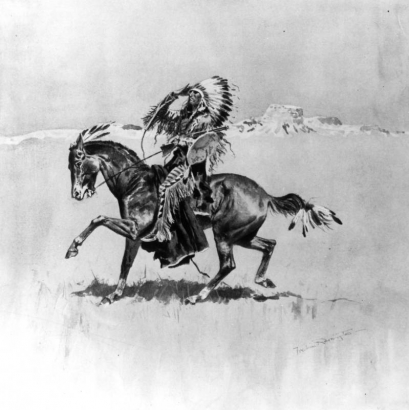

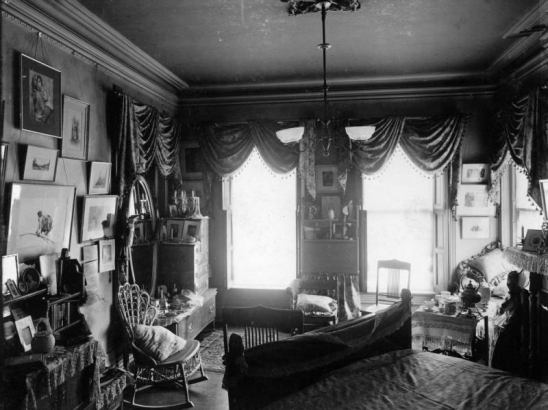

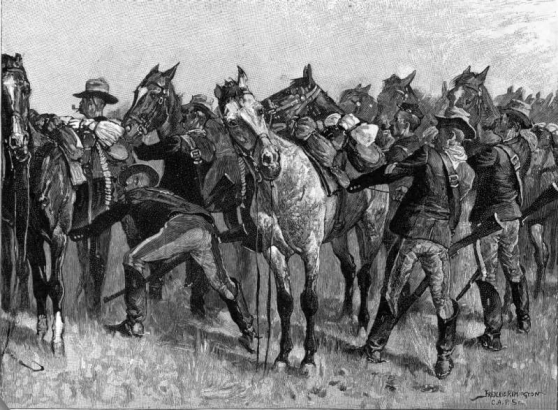
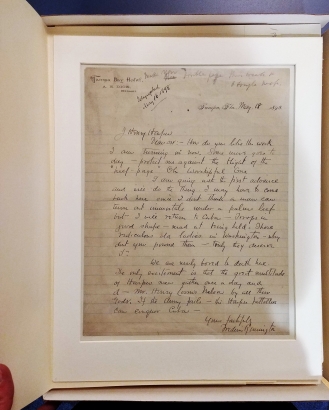
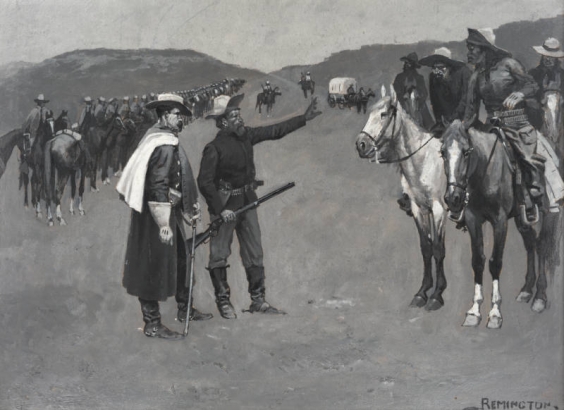
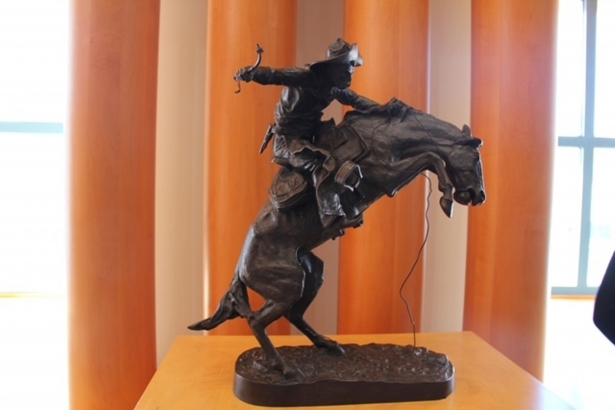
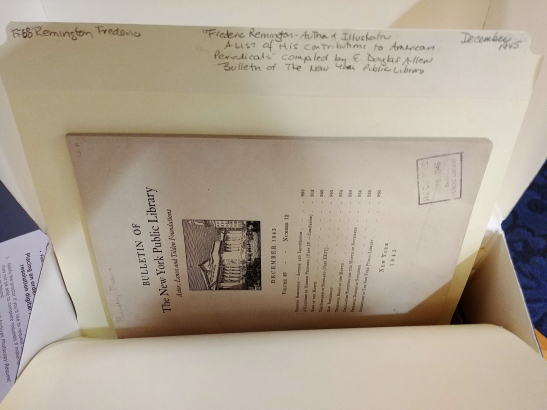

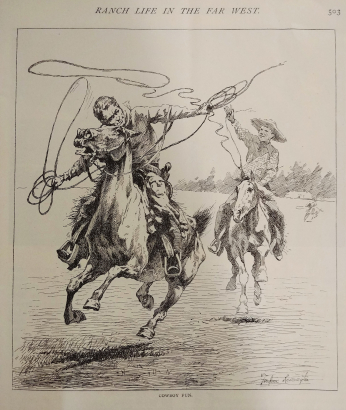
Comments
Thank you for sharing this
Thank you for sharing this exhibit information virtually!
Thanks for reading, Sue! The
Thanks for reading, Sue! The DAM exhibit is incredible (and has much more on Homer than we ever will), but hopefully this fills in the gaps in this crazy tim.
Add new comment